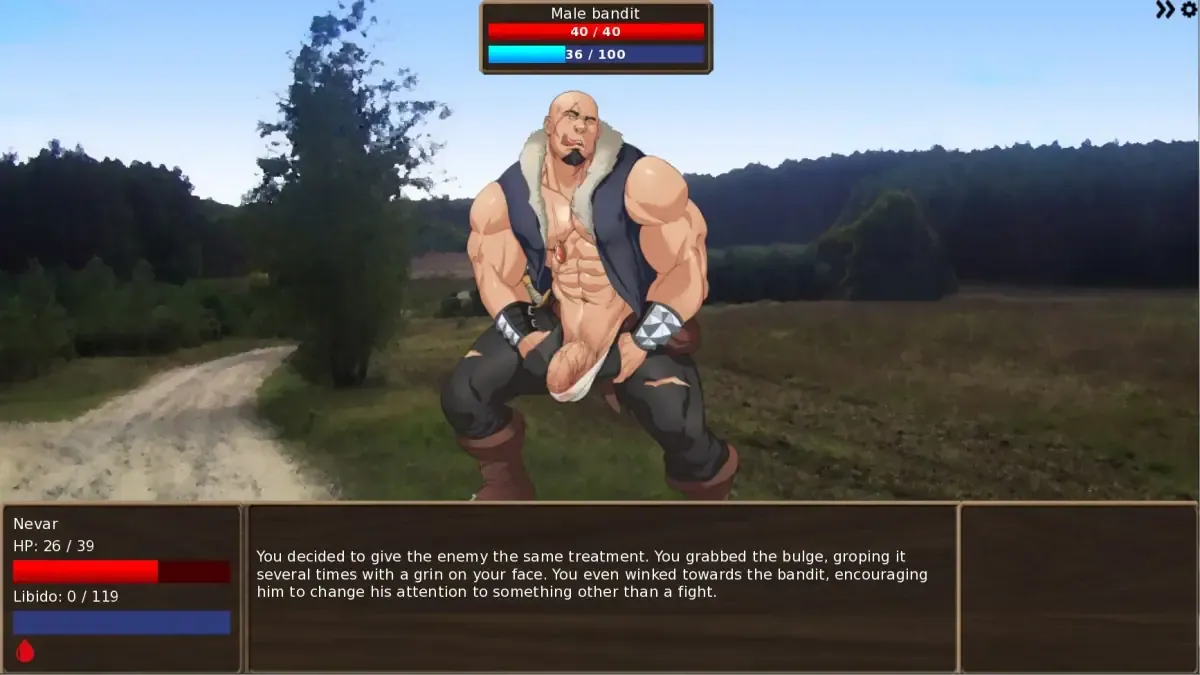
Thirsty for My Guest
Play Thirsty for My Guest
Thirsty for My Guest review
Navigating Choices and Relationships in Modern Visual Fiction
In the evolving landscape of interactive fiction, ‘Thirsty for My Guest’ emerges as a compelling study of player agency and character development. This visual novel challenges players to navigate complex social dynamics through meaningful choices that shape narrative outcomes. Our analysis reveals the sophisticated mechanics beneath its surface, offering insights into effective decision-making strategies and character progression systems.
Core Gameplay Mechanics and Decision Architecture
Choice Impact Analysis Across Episodes
Picture this: you’re playing Thirsty for My Guest, staring at three dialogue options that all seem harmless. But here’s the kicker—choosing “Pass the salt” over “Your smile’s brighter than this kitchen” could literally lock you out of a romance route by Episode 5. 🫢 That’s the magic (and terror) of the game’s three-phase decision system. Let’s break it down:
- Immediate Reactions: Quick, gut-driven choices that shape short-term interactions (think: flirty comebacks vs. awkward silence).
- Strategic Positioning: Bigger decisions that align with a character’s core values (e.g., siding with a rival chef in a debate).
- Long-Term Consequence Management: The “oh no, what have I done?” phase where early choices resurface like emotional boomerangs.
Take Episode 3’s infamous cooking minigame. Burn the soufflé? Your love interest might jokingly tease you… until Episode 7, where they seriously doubt your teamwork skills. 🧑🍳🔥 Community stats show 68% of players underestimated this minigame impact on narrative, assuming it was just filler content. Spoiler: it’s not.
Pro tip: Treat every minigame like a personality test. The game’s tracking your patience, creativity, and even how often you apologize for mistakes.
Relationship Meter Dynamics
Here’s where things get juicy. The interactive dialogue system doesn’t just tally “good” or “bad” choices—it’s got layers, like a dramatic onion. 🧅 Characters react to your patterns, not just individual picks. For example:
- The “Like/L*st” Dichotomy: Dialogue options split between wholesome admiration (“I love your dedication”) and… let’s say spicier tension (“That apron looks distracting on you”). Mix too many L*st choices early on, and characters might question your sincerity later.
- Hidden Triggers: One player reported getting ghosted by a love interest after only choosing supportive options. Why? Turns out, the character craved conflict to feel “seen.”
| Episode | Choice Type | Impact Severity |
|---|---|---|
| 1-2 | Flirty vs. Friendly | Low |
| 3-4 | Conflict Resolution | Medium |
| 5+ | Loyalty Tests | High |
The key to relationship path optimization? Balance. I once blew a 10-hour save file by hyper-focusing on one character’s meter, only to trigger a betrayal subplot because others felt neglected. 💔
Branching Narrative Optimization
Let’s get real: nobody wants to replay Episode 4 six times to fix a mistake. That’s why choice consequence analysis is your best friend. The game uses a “weighted memory” system—certain decisions gain importance based on when you make them.
- Episode Progression Strategy: Early episodes have more “flex” choices (experiment here!), while later ones demand consistency.
- The Domino Effect: In my playthrough, a throwaway joke about hating jazz in Episode 2 meant missing a rooftop saxophone duet in Episode 9. 🎷
For developers, the secret sauce is branching narrative optimization. Instead of endless paths, the game folds major divergences into “narrative clusters.” Think of it like a subway map: different lines occasionally share tracks, so you’re not rebuilding the whole story for every tiny choice.
Fun fact: Only 12% of choices lead to truly unique scenes—the rest are cleverly recycled with altered context.
So, what’s the takeaway? Thirsty for My Guest turns storytelling into a dance where every step matters. Whether you’re here for the slow-burn romances or the chaos of unintended consequences, mastering its mechanics means embracing both strategy and spontaneity. Now go forth—your guests (and disasters) await! 🥂✨
This analysis demonstrates how ‘Thirsty for My Guest’ elevates interactive storytelling through layered decision systems and character-driven narratives. By understanding the game’s sophisticated relationship between player choices and narrative consequences, enthusiasts can fully appreciate its nuanced approach to digital storytelling. Explore different paths mindfully, keeping track of your cumulative decisions’ impact on character development.




















